DM-80 - Ontology for Geospatial Semantic Interoperability
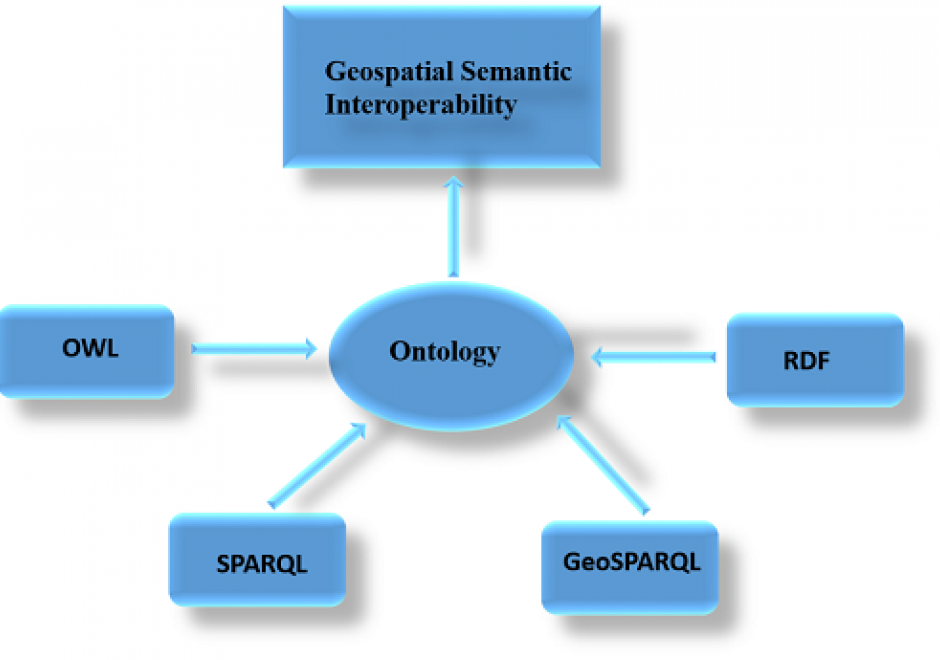
It is difficult to share and reuse geospatial data and retrieve geospatial information because of geospatial data heterogeneity problems. Lack of semantic interoperability is one of the major problems facing GIS (Geographic Information Science/System) systems and applications today. To solve geospatial data heterogeneity problems and support geospatial information retrieval and semantic interoperability over the Web, the use of an ontology is proposed because it is a formal explicit description of concepts or meanings of words in a well-defined and unambiguous manner. Geospatial ontologies represent geospatial concepts and properties for use over the Web. OWL (Ontology Web Language) is an emerging language for defining and instantiating ontologies. OWL builds on RDF (Resource Description Framework) but adds more vocabulary for describing properties and classes. The downside of representing structured geospatial data in OWL and RDF languages is that it can result in inefficient data access. SPARQL (Simple Protocol and RDF Query Language) is recommended for general RDF query while the GeoSPARQL (Geographic Simple Protocol and RDF Query Language) protocol is proposed as an extension of SPARQL for querying geospatial data. However, the runtime cost of GeoSPARQL queries can be high due to the fine-grained nature of RDF data models. There are several challenges to using ontologies for geospatial semantic interoperability but these can be overcome through collaboration.


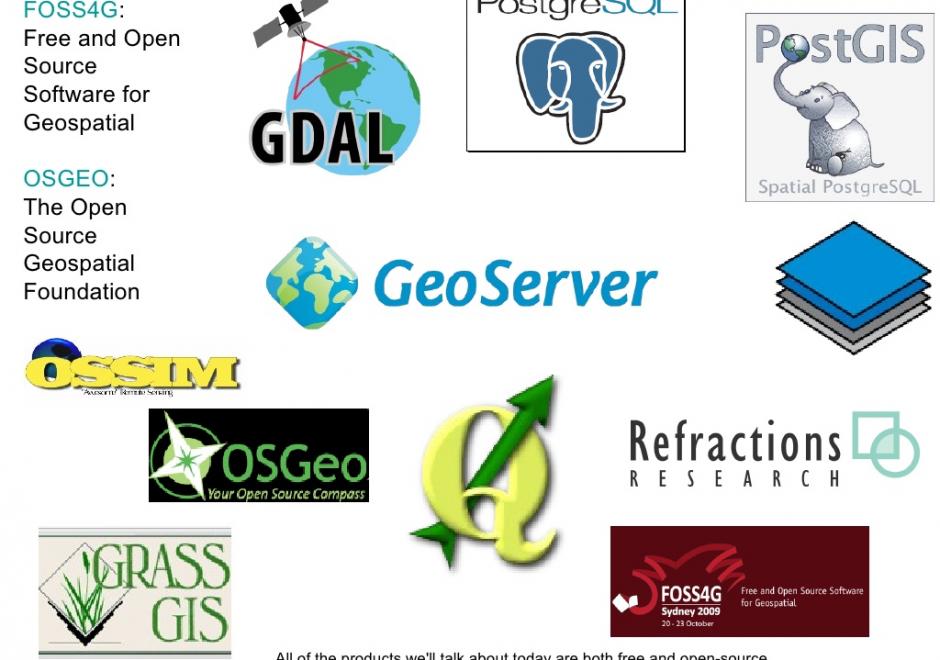

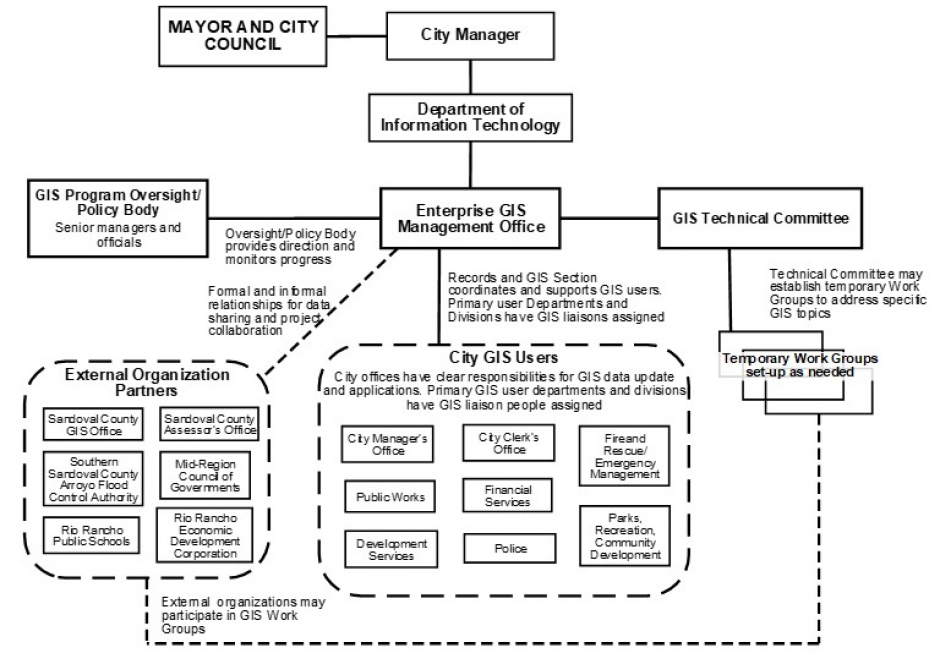
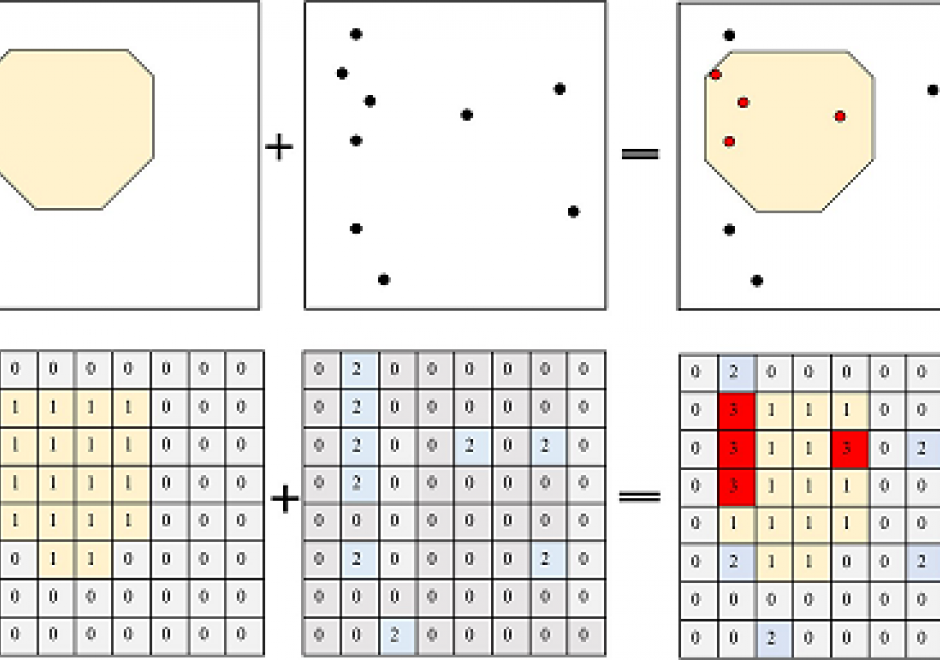
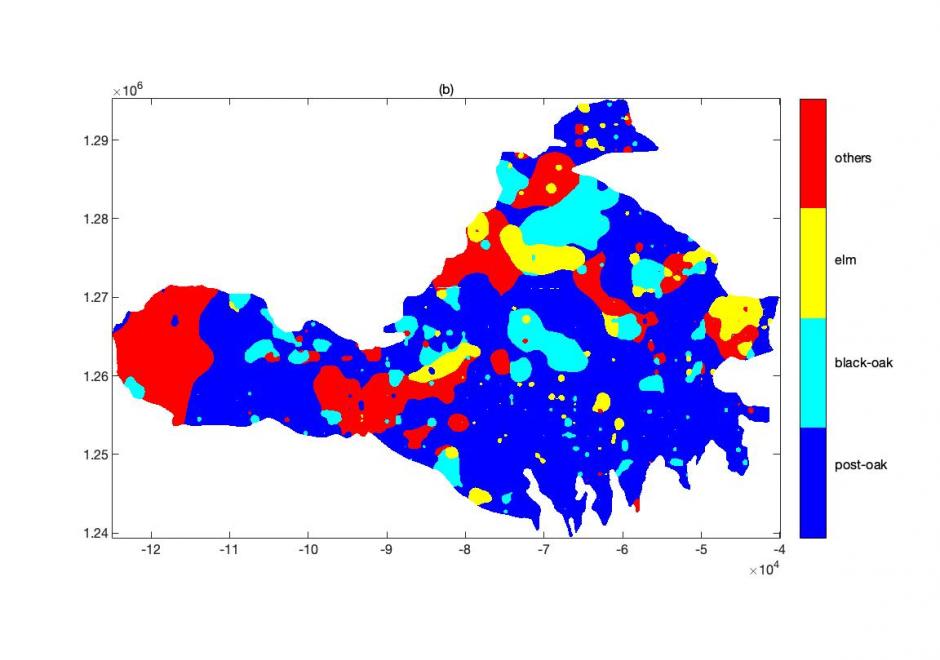


CP-32 - On the Origins of Computing and GIST: Part 2, A Perspective on the Role of Peripheral Devices
GIS implementations in the late-1960s to mid-1980s required the use of exotic peripheral devices to encode and display geospatial information. Data encoding was normally performed in one of two modes: automated raster scanning and manual (vector) coordinate recording. Raster scanning systems in this era were extremely expensive, operated in batch mode, and were located at a limited number of centralized facilities, such as federal mapping agencies. Coordinate digitizers were more widely distributed and were often configured with dedicated minicomputers to handle editing and formatting tasks. Data display devices produced hardcopy and softcopy output. Two commonly encountered hardcopy devices were line printers and pen plotters. Softcopy display consisted of cathode ray tube devices that operated using frame buffer and storage tube technologies. Each device was driven by specialized software provided by device manufacturers, leading to widespread hardware-software incompatibly. This problem led to the emergence of device independence to promote increased levels of interoperability among disparate input and output devices.